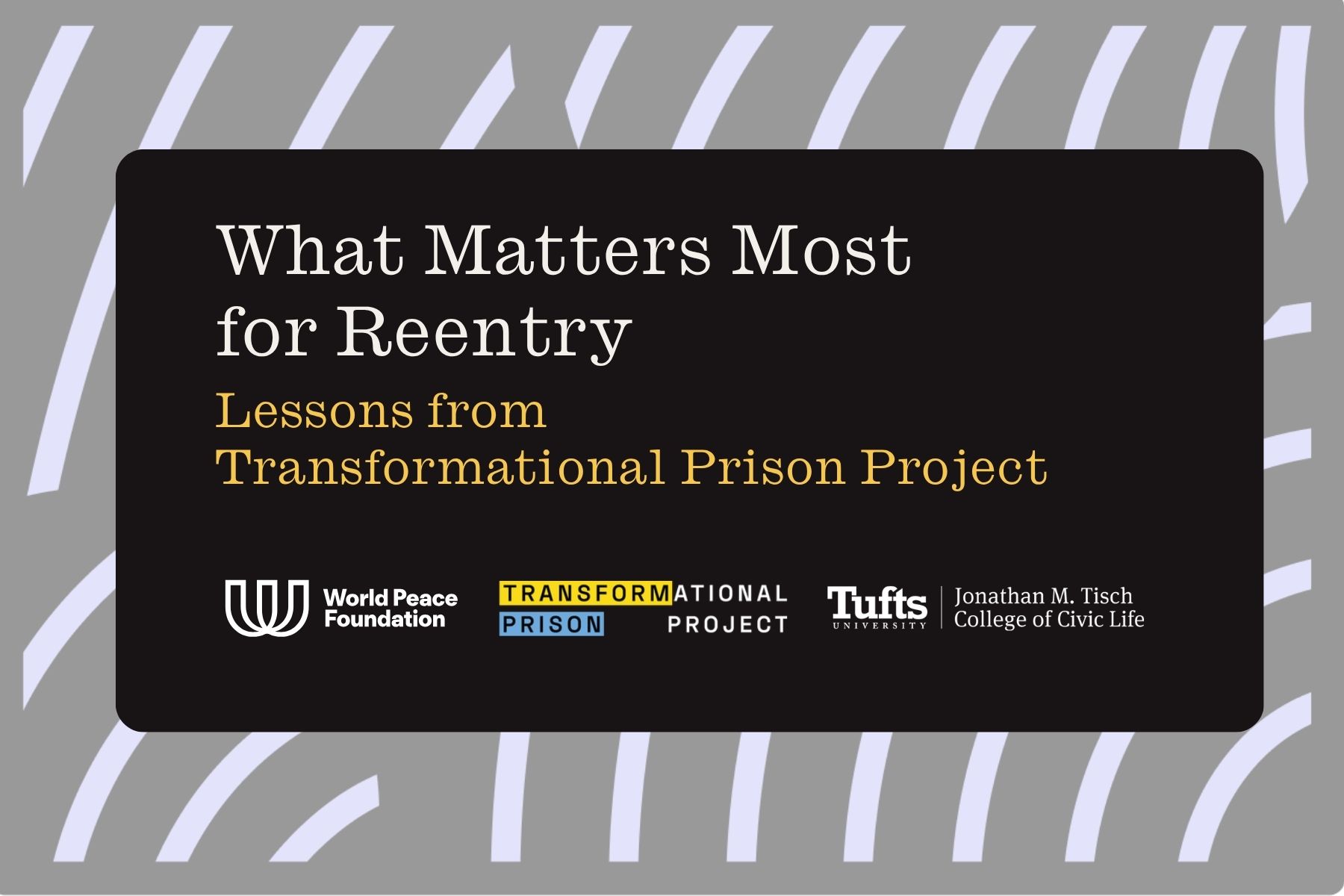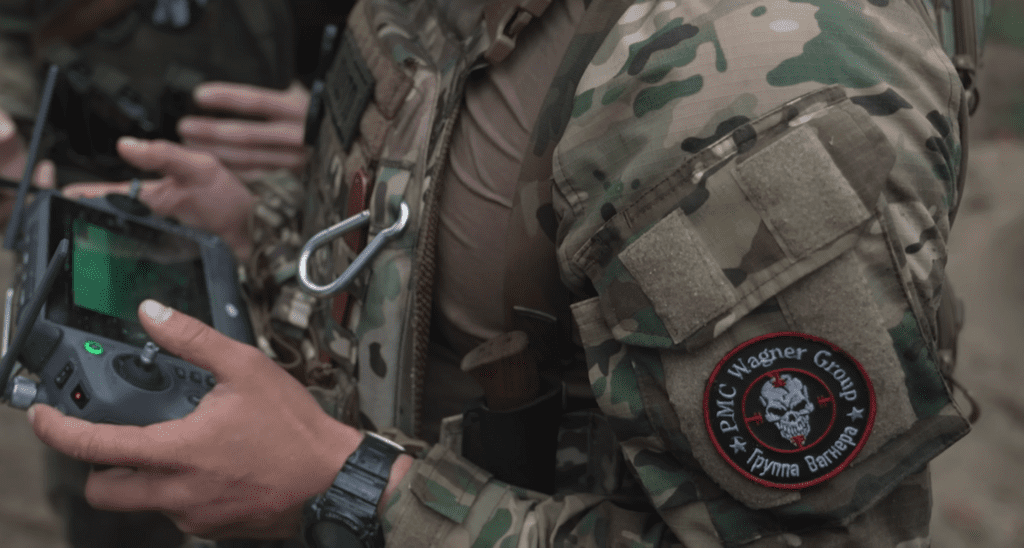This is part 3 of our blog series on Alex de Waal’s “Commemorating Starvation in the 21st Century: Address given at Quinnipiac University on October 11, 2018.”The full essay is also available as a pdf.
It is the readiness to see human lives as expendable in pursuit of other political and military goals that is the common factor in the resurgence of famine in the last two years.
After three decades in which famines had declined in number and lethality almost to vanishing point, the last two years have seen their return. In 2017, the United Nations Office for the Coordination of Humanitarian Assistance (UNOCHA) spoke of the ‘four famines’: north-eastern Nigeria, Somalia, South Sudan and Yemen. Properly they should have spoken of five, including the starvation sieges in Syria, but Syria was excluded on the technicality that the process whereby food insecurity is measured and famine is declared—the Integrated food security Phase Classification scale—relies on the collection of data for mortality and malnutrition, that are not collected by the designated agencies in Syria.
The IPC scale also has an unfortunate and unintended methodological shortcoming, which is that the progression through each stage of food insecurity, to stage 4 (emergency) and stage 5 (famine) is calculated on the basis of how severely a geographical locale is stricken. That locale can be quite small, which means that relatively confined severe crises—such as occurred in parts of north-eastern Nigeria and South Sudan in 2016 and 2017—warrant the designation ‘famine’, but a much wider food crisis, affecting millions, for which we don’t have the required data to designate any one locale as hit in this manner, escapes that label.
The famine declaration in South Sudan in 2017 was based on the horrendous situation prevailing in just two counties. Starvation and related diseases killed perhaps 1500 people over those few months of outright famine. However, a recent analysis of hundreds of field reports by the demographer Franceso Checchi concludes that, since the crisis began almost five years ago, the total excess mortality in South Sudan has been about 383,000. In focusing exclusively on the severity of hunger in one location, the IPC process didn’t capture the scale and persistence of the suffering of the South Sudanese.
We face an even more difficult diagnosis in Yemen: we can be sure that this is a killing famine, but we don’t have the data to make the authoritative call. The lack of data is not an accident. The same faminogenic conduct of war by the Saudi-Emirati coalition that has created the famine, which includes severe restrictions on humanitarian agencies supplying food and sending in their personnel, means that the requisite information is not being collected and analyzed. It seems likely that we won’t know the scale of the Yemen famine until nutritionists and demographers are able to reconstruct the calamity afterwards.
In each of the five famines, western countries have a dishonourable role.
In north-eastern Nigeria, the counter-insurgency led by the Nigerian army has surrounded an area with a population of more than 900,000 people. Food is not allowed in. The insurgent group, Boko Haram, is designated as a terrorist organization by the U.S., which means that under the Patriot Act it is a criminal act to provide the insurgents with any material support—and that would include any amount of humanitarian relief, however small, that it could purloin from the civilian population. The priority of the counter-insurgents—Nigeria, Chad, and the U.S.—is something other than preventing or relieving famine.
The same was true in Somalia in 2011: the Patriot Act was enforced while the country descended into a well-predicted and well-monitored famine. In that case, supplies of American food aid that had helped sustain the country for years were dramatically cut back, even while the UN’s early warning indicators for famine were flashing red. The U.S. Treasury, which administers the financial sanctions required by the Patriot Act, only found the means for a ‘humanitarian workaround’ when the UN declared ‘famine’. By this time famine mortality was peaking. About 250,000 Somalis, most of them children, died. There were many causes of this famine: drought, high global food prices, conflict, corruption, and war, alongside the cutback in aid. But it was nonetheless a preventable disaster. The priority of the counter-terrorists was something other than preventing or relieving famine.
In South Sudan and in Syria, the principal culprits for famine crimes are the governments of those countries, with commanders in the field doubtless exercising much discretion in the extent to which they enforce starvation, or provide latitude for trapped people to escape, or receive aid. In both cases, western countries could have done more, or done things differently: their priorities have been other than ending the wars and famines.
Yemen, however, stands out, because the threads of culpability lead not only to Riyadh and Abu Dhabi, but to the western capitals that sustain the armies and air forces of those countries, and which cooperate in enforcing the blockade. Those western capitals are Washington DC, London and Paris. Yemen is different because the western failure is not primarily a failure of providing relief aid, but rather they are complicit in a war, including an economic war, that is deliberately, actively and predictably starving a country.
Some famines have clear utility to those that perpetrate them, others come about because those with power simply don’t care. Yemen falls into the second category. Those with power will come to care, but then it will be too late. Perhaps this will happen when the torn social fabric of that country generates a crisis of mass migration towards Europe and the Gulf. As the Irish in New England remind us, the biggest demographic impact of mass starvation is sometimes mass exodus. Perhaps it will be when the shockwaves of the war cross the Red Sea and destabilize the Horn of Africa; perhaps when it generates a new form of desperate militancy.
The Saudi-Emirati famine crime in Yemen is not only causing deaths on a scale, of which at the moment we have no good figures, but also destroying the fabric of a nation. Famine is an attack on the spirit of a society.
In May this year, when the U.S. Permanent Representative to the United Nations, Nikki Haley was signing resolution 2417 on armed conflict and hunger, and condemning the Syrian government’s starvation sieges, she was doing and saying nothing of substance to rein in America’s close allies who are perpetrating starvation in Yemen.
As Walter Benjamin memorably observed, ‘There is no document of civilization that is not at the same time a document of barbarism.’
—
‘Never again should a people starve in a world of plenty.’
The first memorial to the victims of famine in Ireland was designed by Edward Delaney and erected in St. Stephen’s Green in Dublin in 1967. That was 115 years after the end of the starvation. That long delay is significant.
Starvation is a uniquely demoralizing crime for its victims. This is because the ultimate perpetrators are remote, while the indignities and cruelties are intimate and immediate.
In a famine crime, the causal chain from perpetrator to victim can be long and obscure. One of the reasons why prosecutors in war crimes trials have been hesitant to pursue starvation charges is their view—in my view mistaken—that if they cannot prove that particular individuals died of starvation because of the specific actions of an individual perpetrator, then the charge of starvation cannot be made to stick. And with the exception of penal starvation—depriving prisoners of what is necessary to sustain life—it is extraordinarily difficult to prove. Lemkin’s response to this problem was to subsume the crime of famine within the crime of genocide, which is a crime defined by the intent of the perpetrator. In the case of genocide, this has generated its own set of problems, which I will not discuss.
In the case of starvation, considered separate from genocide, proving the necessary intent should be much simpler. All that is needed is to demonstrate the combination of two things: that food deprivation occurred, and that there was criminal intent by those doing the depriving. The appropriate language is provided in Article 54 of the Second Additional Protocol to the Geneva Conventions of 1977.
- Starvation of civilians as a method of warfare is prohibited.
- It is prohibited to attack, destroy, remove or render useless objects indispensable to the survival of the civilian population such as foodstuffs, agricultural areas for the production of foodstuffs, crops, livestock, drinking water installations and supplies and irrigation works, for the specific purpose of denying them for their sustenance value to the civilian population or to the adverse Party, whatever the motive, whether in order to starve out civilians, to cause them to move away, or for any other motive.
Additional Protocol I applies only to international armed conflicts. But the principle is clearly articulated and can be extended to civil wars and internationalized civil wars, such as Yemen. Similar language is found in the Rome Statute of the International Criminal Court (ICC), covering international armed conflicts, and by implication the same prohibition should extend to non-international armed conflicts.
Nonetheless, prosecutors at the ICC and special courts have not, with rare exceptions, prosecuted starvation crimes. This is a shortcoming that can be overcome, if we care to do so.
—
If the perpetrator of starvation is typically remote, the experience of famine is visceral, domestic, intimate, and local.
Famine is an experience that people want to forget. It is long and miserable, and every day brings painful and degrading choices. Parents must allocate their few crumbs of food among their children, and may have to choose which ones are fed and which ones are not. They must choose which sick child will get medicine, and which will have to wait in the hope that she gets better without it. People fight for a place in line to receive rations; they degrade themselves to earn a meal. Those who are slightly better off will buy up their neighbours’ cows or sheep for a pittance, or take their land or houses, or take their daughters for the night. Unspeakable social taboos are violated.
In any famine, the threads of causation are many and tangled. Those in authority—from self-interest or from confusion—will select some threads and not others for the story they choose to tell. Typically they will draw out the unfortunate weather, the ill luck of crop or livestock disease, or the fecklessness of the peasants. Followers of Thomas Malthus will blame the irresponsible profligacy of the victims for having been born in the first place, thereby creating an imbalance between human population and productive land. Some will see the hand of Providence.
And it will take time for these threads to fade and others—the human agency, the societal engineering, the brutal intent of the rulers—to be recognized.
That time may be a long time indeed.
After 85 years, the Ukrainians are commemorating the Holodomor. But, for reasons that are not hard to appreciate, the Russian Permanent Representative at the UN Security Council steadfastly resisted a proposal, put forward by the Netherlands, for the Council to recognize the link between armed conflict and hunger. The Russians finally relented and UN Security Council resolution 2417 was passed unanimously in May this year. But its language is confined to reiterating the prohibitions that already exist in international humanitarian law, albeit with some important clarifications and a higher level of attention to the issue.
After 75 years, the economistic explanations for the Bengal famine of World War Two—authored by some of the most liberal and humane economists in the world, such as Amartya Sen—are at last being supplemented by accounts that explain how it was that the British authorities administered the economy in such a way as to create the scarcity and then prolong it. The poets, novelists, sculptors and photographers of Bengal recognize and commemorate the famine in their work. But there is no official memorial. The most likely reason is that the leaders of the Indian Congress Party in Calcutta chose not to challenge the British at the time, because of the prospect of more speedily achieving independence through loyal cooperation in the war effort—a war effort that was also providing handsome profits to the city’s industrialists. And once again, we see how the social trauma brought about by famine led to another, more violent trauma—in this case the Calcutta riots that played a huge role in the partition of India.
There is no public monument to the famine in Calcutta or Dhaka. And there is of course no memorial in London. The great famine of 1770 in Bengal, wrought by the East India Company, is not commemorated at the site of the company’s former headquarters in Leadenhall Street—unless one counts the skeletal Lloyds building that now occupies the site as an unwitting tribute to the starvation. The 1943 famine is nowhere acknowledged at the building that then housed the India Office and is now the Foreign and Commonwealth Office.
The naming of famines is important. In May, I spoke at the annual commemoration of the Great Irish Famine, held this year at University College Cork. I proposed that it should be more correctly named, the ‘Great English Famine in Ireland’. Because there is no tracing of the responsibility for this famine that does not involve an unbreakable thread that leads to London.
Renaming the famine in this manner—or at least debating how it should be named—and erecting a permanent memorial in London close to the place whence the starvation was administered would, I submit, imbue the memory of the event with new meaning.
Memorials to the immeasurable sadness of famine in Ireland, and poetry and art in India, are part of the script of those countries’ decolonization. But the famines in those countries are not yet part of Britain’s national story. Not only a tribute, a memorial to Britain’s famine victims would contribute to a national conversation on Britain’s historic place in the world.
—
Across North America there are memorials to Ireland’s hunger and famine. They commemorate past evil in a country far away; they affirm the virtuousness of America and redemption through migration to America; they warn that the task of conquering famine requires us to be vigilant. They are moving, and they enlist the solidarity of the visitor. They have evolved from more traditional figurative depictions of the suffering, to works that ask more searching questions of the visitor.
Brian Tolle’s memorial in New York, a gently sloping quarter acre of land with a ruined cottage, surrounded by the towers of lower Manhattan, within sight of the grandeur of the 9/11 Memorial, next to the quays, squeezed between Au Bon Pain and a shopping mall, can oblige the visitor to ask penetrating questions. Like some of the simple Celtic crosses in the stark valleys of the west of Ireland, it reminds us that these are landscapes not empty, but emptied.
We don’t yet, however, have a memorial specifically to starvation—the act of starvation. Existing memorials bring together a community of the descendants of survivors and those who stand in solidarity with them. But they don’t provoke a conversation with those who inherit the mantle of the perpetrators, who still have the exorbitant privilege of forgetting.
Today’s memorials tend to be a focus for comfort, rather than posing the most difficult questions. They appeal to our sense of social justice and call for our philanthropy, tracing the threads from historic famine crimes to contemporary hunger. Everywhere and anywhere, hunger is an affront, but its very generality dilutes the need for a pointed critique. There is a universal right to food, but proclaiming that right doesn’t make the powerful shudder, or pose truly painful choices for the comfortable.
Current memorials were built with an implicit confidence in the future, expecting that the arc of history is bending towards justice and prosperity. In an era in which famines are returning, because political leaders don’t care enough about human life to take the elementary steps to prevent or prohibit starvation, the famine memorial needs to sting more.
How to commemorate famine in an era when we seem prepared to tolerate starvation, I suggest, is a conversation that is needed today.


